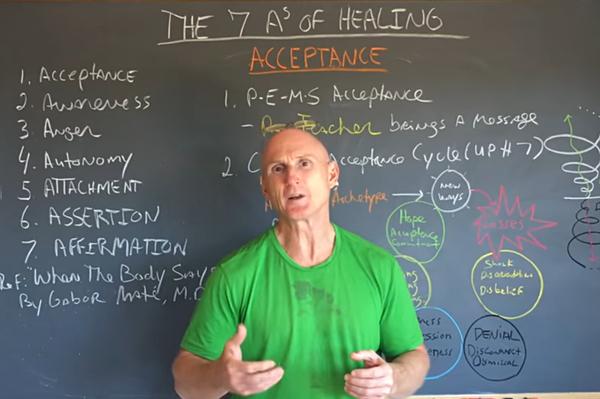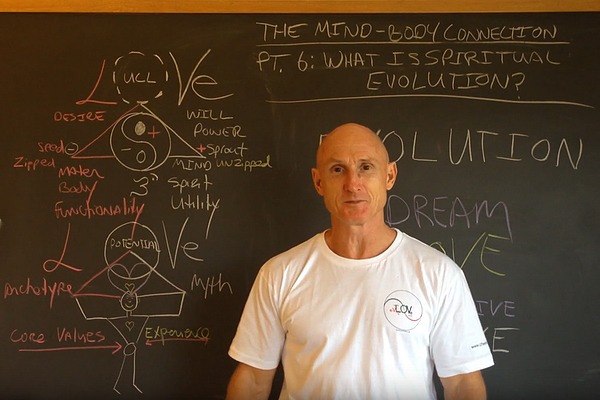Attachment: The Seven A’s of Healing Part 5
by Paul Chek

Previously in my Seven A’s of Healing series, I discussed the importance of having a healthy sense of autonomy, which means understanding what your needs are and knowing how to meet them effectively.
I want to go back to the roots of where our autonomy really begins to take shape by exploring our attachments as children in relation to our parents.
Attachment issues have been studied throughout the ages, all the way back to Shamanism and the work of medicine men and other leaders of all types.
Based on my own research, I’ve been able to identify five models of attachment:
- A secure attachment model in which a child connects to a parent when the adult returns home, then goes on with his/her routine with no issues.
- An insecure avoidant model in which a child has problems with not being soothed or seen when a parent returns.
- An ambivalent model in which a child experienced being seen and feeling of safety but not reliably.
- A disorganized model in which outward emotional issues frighten a child.
- A reactive model in which a child has no consistent person to rely upon.
If you recognize yourself in any of these more negative models, you’ve taken an important first step toward gaining greater insights into your own programming.
Without those insights, you begin to believe you have no agency… that your life is being controlled by the actions of others.
That lack of confidence that children feel manifests into all sorts of problems when they reach adulthood like holding onto jobs, staying healthy and maintaining relationships with others.
This is why I place such a high value on you getting clear about your dreams, or your nightmare (one thing that, if resolved, would reduce the most stress and free up your resources to start the healing process).
If you need to identify that dream or nightmare in your life, my book, How to Eat, Move and Be Healthy!, contains a series of questionnaires that will help you get started.
In addition to Dr. Gabor Mate’s excellent book, When The Body Says No — the basis for this series — if you want to study attachment issues in greater depth, I highly recommend reading Brainstorm: The Power and Purpose of the Teenage Brain by Dr. Daniel Siegel.
Love and chi,
Paul


